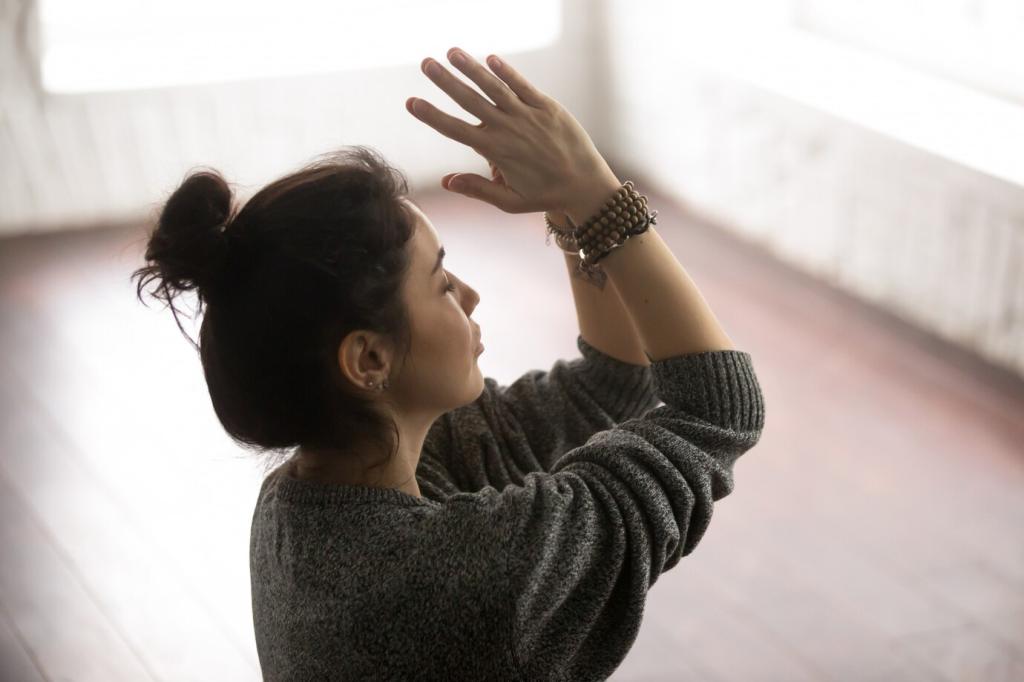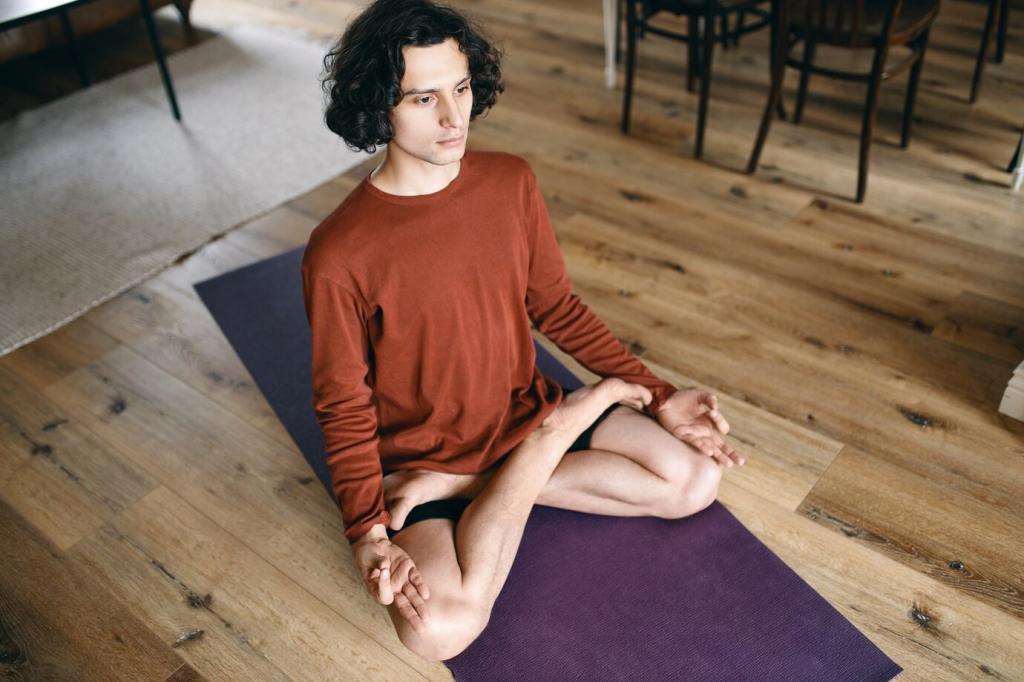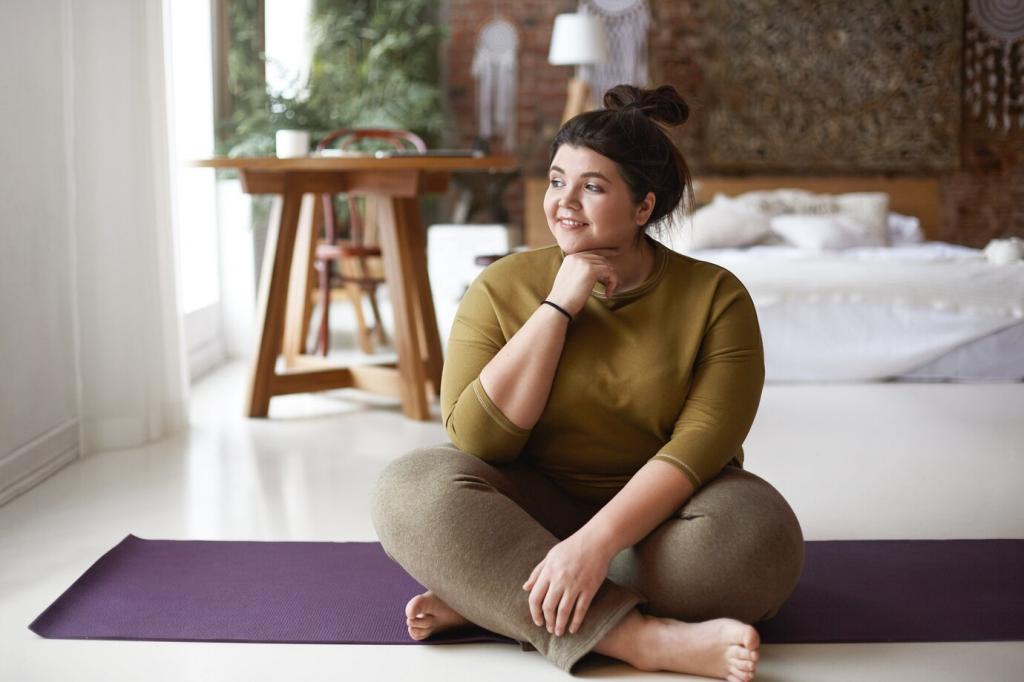Selected theme: Progressive Muscle Relaxation Techniques. Discover a friendly, step-by-step way to release tightness, quiet the mind, and reconnect with your body’s natural rhythm—starting today.




Techniques and Variations to Fit Your Life
Pressed for time? Try abbreviated PMR by combining muscle groups, or passive PMR by imagining release without tensing. These variations protect sore areas and still deliver relief, making consistency easier on hectic mornings or late-evening wind-downs.

Progressive Muscle Relaxation for Better Sleep
Repeat the same ten-minute PMR sequence each night. Consistent timing trains your nervous system to associate these steps with safety and rest. Keep lights low, breathe slowly, and treat the practice as a gentle invitation to drift toward sleep.
PMR at Work and On-the-Go
Desk-Friendly Micro Sessions
Try a three-group set: hands, shoulders, jaw. Tense lightly, release slowly, and breathe out longer than you breathe in. Keep it subtle during video calls. When you finish, note your focus level from one to ten and watch it steadily improve.
Before the Big Presentation
Use PMR to channel nerves into clarity. Tense your fists for five seconds, release, then soften shoulders and jaw. Pair with a steady exhale. Share the technique with teammates, and invite them to comment back with their favorite pre-talk routine.
An Athlete’s Mid-Set Reset
Between training sets, scan calves, thighs, and forearms. Quick tension–release clears residual strain, sharpens coordination, and protects form. A club runner told us PMR helped him stop overgripping and set a personal best. What edge might it give you?
Science, Signals, and Safety
PMR encourages parasympathetic activity—slower breathing, lower heart rate, and warmer extremities. Many people notice improved heart-rate variability over time. That balanced state supports clearer thinking, steadier moods, and a greater capacity to respond rather than react.


Science, Signals, and Safety
Studies associate PMR with reduced anxiety, improved sleep, and lower perceived stress. While experiences vary, even brief daily practice can help. If you’re curious about references and deeper dives, subscribe to receive our monthly research roundups and practitioner Q&As.
Make It a Habit, Share the Calm
Tie PMR to something you already do—after brushing teeth or finishing coffee. Habit stacking removes friction. Ten minutes is enough to feel different and build momentum. Comment with your anchor habit to help others choose a consistent trigger.

